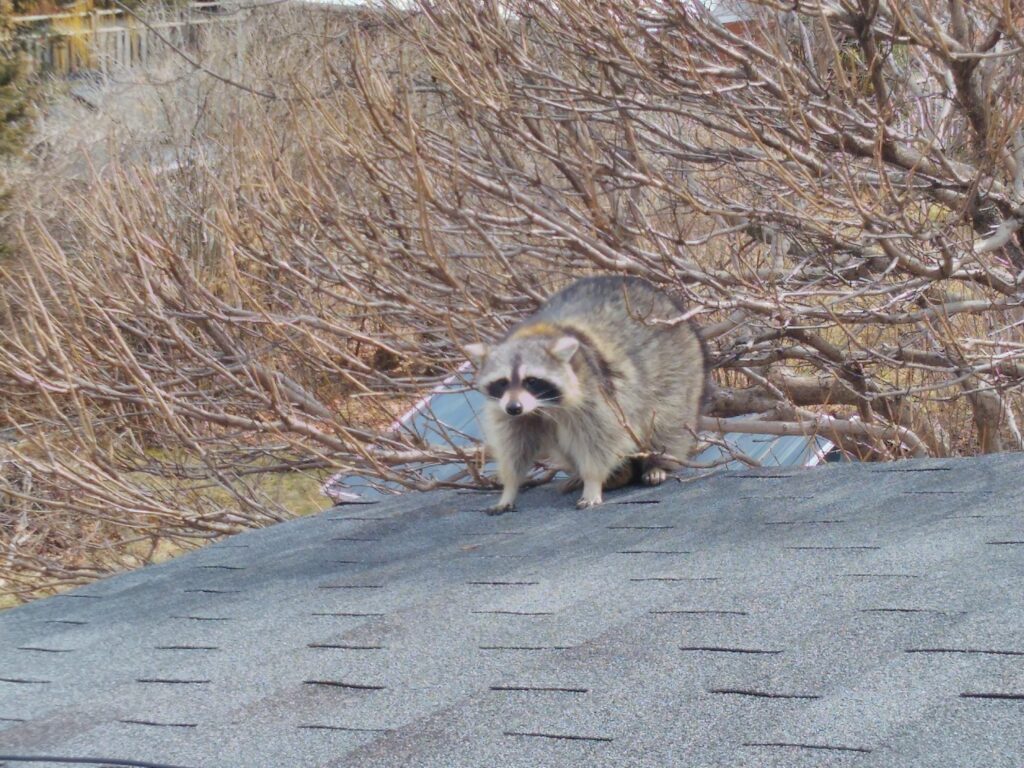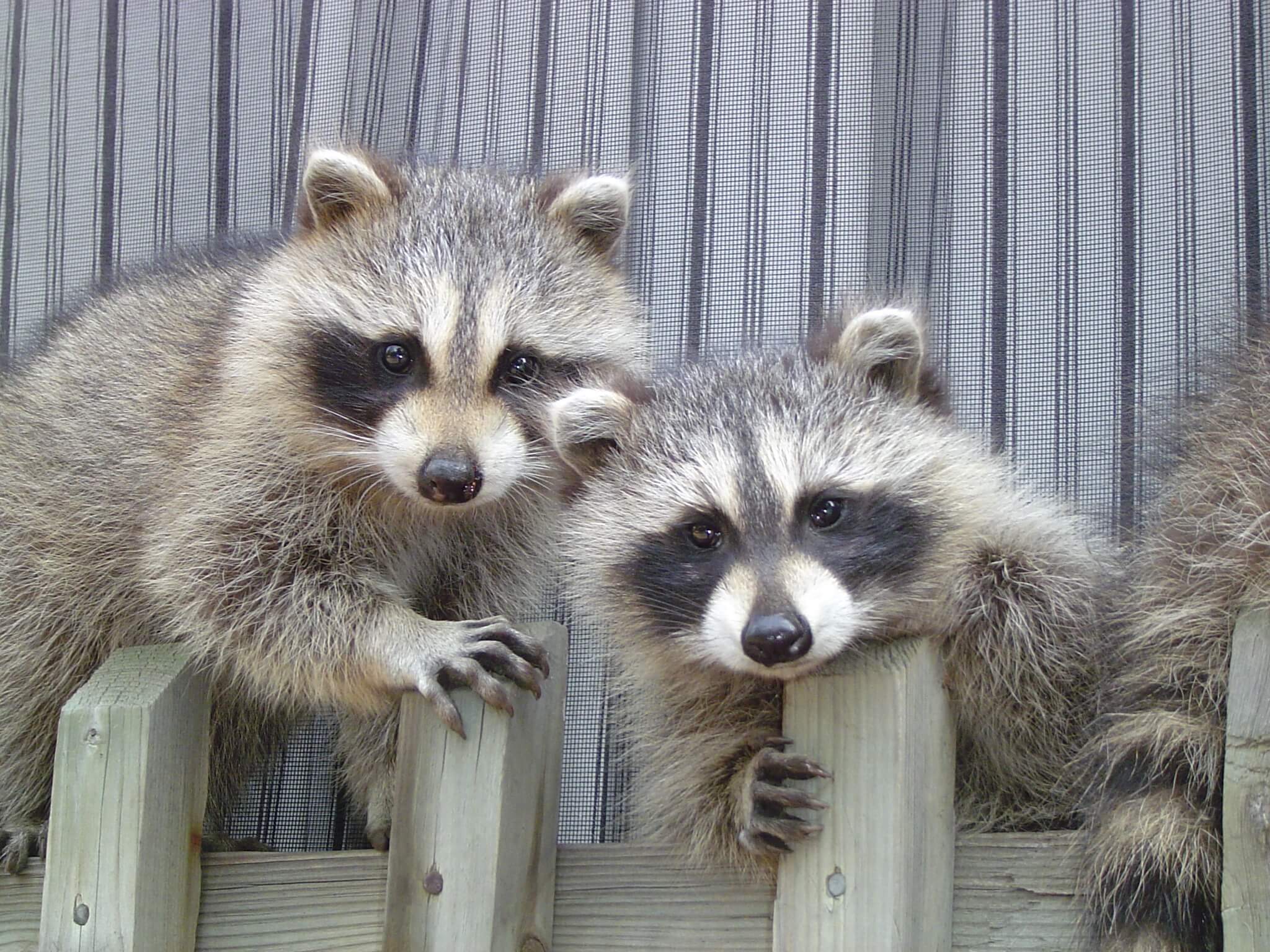If your property is prone to frequent visits from raccoons, building a fence around the property is often an effective step you can take to help with raccoon removal and prevention. That said, raccoons are very intelligent animals. They’re also persistent. Consequently, don’t be surprised if raccoons still find a way to get into your yard despite the fence. Try these tips to reduce the number of raccoons sneaking past your fence each night.
1. Seal Any Gaps in the Fence
Inspect your fence regularly for any maintenance issues or signs of damage. Repair any gaps or holes as soon as possible, even if they’re very small. A determined raccoon can wiggle through an opening as small as four inches across. Cracks, weak spots, or loose boards are all potential issues that a raccoon can use to infiltrate your fence.
2. Discourage Digging and Climbing
Raccoons are talented diggers. To prevent them from burrowing under your fence, the bottom 6-10 inches of the fence should be buried underground. Raccoons also have excellent climbing skills. Installing plastic or metal spikes along the top edge of your fence can discourage raccoons from climbing over the fence and from walking along the top of the fence.
3. Trim Nearby Tree Branches
If trees surround your fence line, raccoons can use the tree branches to bypass your fence altogether and climb into your yard. Remedy this problem by trimming any branches that hang over the fence line or are close enough to the fence for a raccoon to jump. You can prevent or deter raccoons from climbing your trees by installing collars around the trunks, about three feet above the ground.

4. Eliminate Hiding Places
Raccoons dislike being out in the open and prefer to stay out of sight as much as possible. Ideal raccoon hiding spots include places such as brush piles, hollow logs, dense shrubbery, and overgrown brush. Clear as many of these potential hiding places from your yard as possible. If you have a shed or other building inside your fence, seal the area around the base using hardware fabric or chicken wire. You should also seal the space beneath any deck or porch.
5. Use Electricity
Electric fencing is highly successful at keeping raccoons away from a fence or wall. The most efficient method is to use two electrified wires around the outside perimeter of your fence. One wire should be about six inches above the ground, and the other should be placed around six inches above the first wire. Electrify the fence with just enough voltage to discourage raccoons, not to harm or kill them. For the best results, set the electricity on a timer, so that the fence is electrified only at night when raccoons are active. This will prevent you from accidentally shocking yourself or a neighbour, pet, or child during the daytime.
6. Remove Any Food Sources
If raccoons often enter your yard, they’re probably attracted by the scent of some possible food source. Garbage in trash cans is usually the top source that attracts raccoons, but they’re also drawn to pet food, gardens, fruit trees, bird feeders, chickens, and goldfish ponds.
Removing as many of these temptations as possible is ordinarily an extremely effective way to reduce raccoon intrusions. Keep garbage bins in a locked building or secure the lids with bungee cords. Store pet food indoors or inside a tightly sealed container. If you have fruit trees, pick up any fruit that falls to the ground.
Call the Racoon Removal Professionals
Raccoons can be unwanted visitors in your yard, but they’re even more troublesome when they enter your home. Skedaddle Humane Wildlife Control provides professional wildlife control in Richmond Hill and the surrounding area. Our expert team can help you eliminate any unwanted wildlife from your property. Contact us to learn more.




